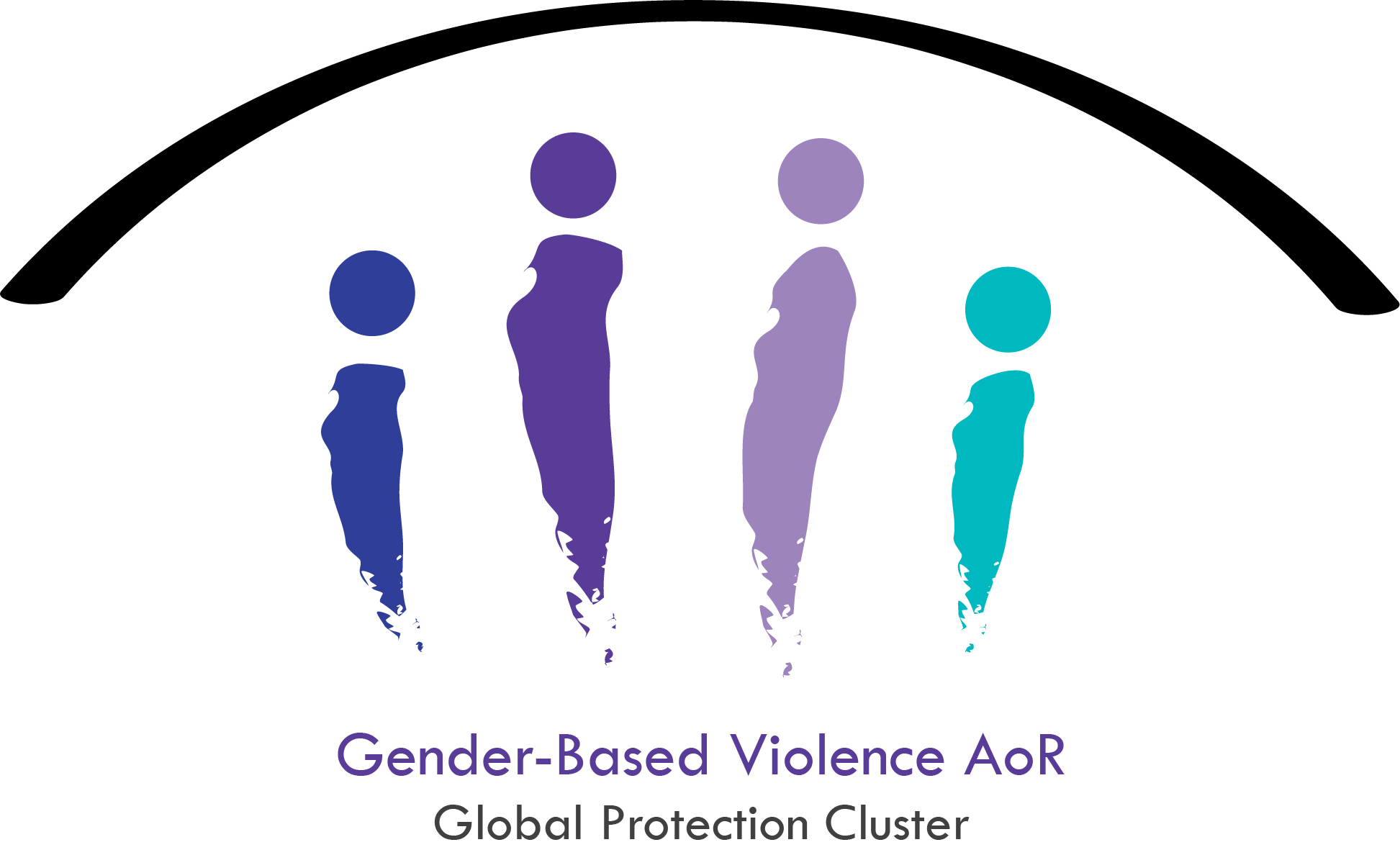Search Results for “”
COVID-19 vaccine rollout – What do we know from past public health emergencies about gender-based violence risks and gender related barriers to vaccine access
29 Apr, 2021
As initiatives for large-scale global distribution of COVID-19 vaccine get underway, this report looks at what is known from past public health emergencies and vaccination campaigns to understand gender-related barriers that women and girls may face in accessing the vaccine, as well as risks of gender-based violence (GBV) related to vaccine distribution for women and girls at the community level and female health workers.
Technical Brief - Estimation of Affected Population Figures - ACAPS 2012
08 Jul, 2019
Technical brief on how to estimate the affected population figures - ACAPS October 2012
Humanitarian Profile Support Guidance (EN) - IASC 2016
08 Jul, 2019
Humanitarian Profile Support Guidance: Includes methods, definitions, good practice and recommendations for establishing humanitarian population figures. IASC Information Management Working Group April 2016
Preventing and Responding to Gender-based Violence in Faith-based Communities: An Annotated Bibliography of Recommended Resources - GBV AoR Helpdesk 2022
11 Jan, 2022
The annotated bibliography explores these and other approaches. However, only a small number of evaluated GBV programs are available. In addition, there is limited information available about how religious leaders and communities work with perpetrators of GBV, or about addressing GBV against marginalized women and girls, including violence against women and girls based on their sexual orientation, gender identity and gender expression (SOGIE). Moreover, while many resources take an interfaith perspective, specific examples or details often focus on Christianity and Islam. Less information was found on other religions. This bibliography does not include resources exploring the role of faith in perpetrating and perpetuating GBV, although some of the resources do address this as well as describing prevention and response.
Ethical & Safety Recommendations for Researching, Documenting and Monitoring Sexual Violence in Emergencies Guidance
01 Oct, 2019
It is generally accepted that the prevalence of sexual violence is underreported almost everywhere in the world. This is an inevitable result of survivors’ well-founded anxiety about the potentially harmful social, physical, psychological and/or legal consequences of disclosing their experience of sexual violence. In emergency situations, which are characterized by instability, insecurity, fear, dependence and loss of autonomy, as well as a breakdown of law and order, and widespread disruption of community and family support systems, victims of sexual violence may be even less likely to disclose incidents.
